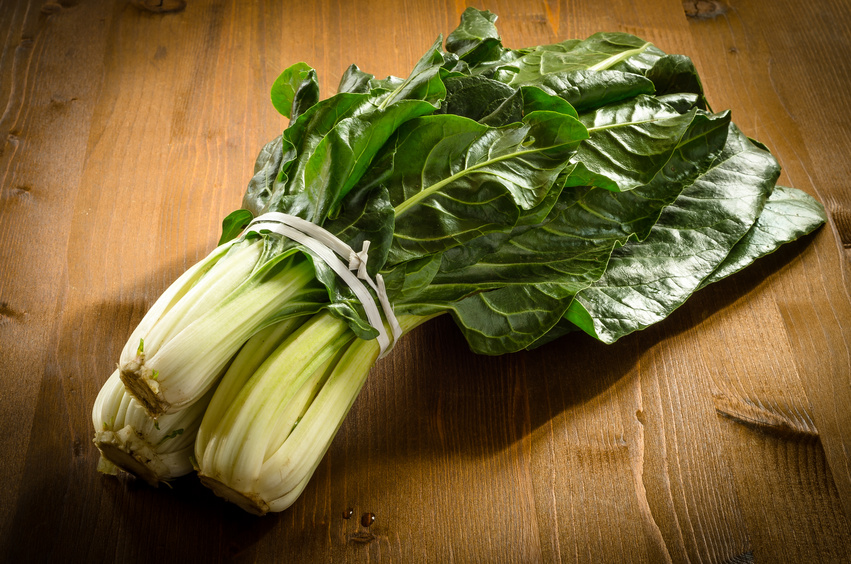
I’ve spoken quite a bit about my experiences dealing with and the link between oxalic acid (found in some of the planet’s healthiest foods) and histamine related inflammation. Today it’s time to examine how a build up of oxalic acid found in low histamine foods like almonds, chard, potatoes, brown rice, millet and others, can not only exacerbate histamine inflammation, but also cause or contribute to thyroid dysfunction and Hashimoto’s. Both conditions are a huge and unfortunately seemingly quite common issue in our histamine intolerance and mast cell activation community.
Today’s post comes to you via something that popped up in my Facebook feed from the Thyroid Pharmacist Dr. Izabella Wentz. She began looking into the link when she noticed a number of her thyroid patients experiencing oxalic acid symptoms.
I’ve posted a great deal about the effects of oxalic acid found in plant foods: burning urination (in my case feeling like I’m peeing razor blades), needing to pee a lot, general symptoms of interstitial cystitis, pain during intercourse, kidney stones (I didn’t have stones though) and other troubles, and a general increase in histamine type inflammation.
The easiest way to explain how it works inflammation-wise is to use the bucket analogy: our body is a giant bucket and there’s only so much we can put in it before we spill over into symptoms. For example, if we’re exposed to pet dander, stress, intense exercise, heat or high histamine foods one by one, we may not spill over. Do them all in a day, or a week, and you may experience some uncomfortable inflammation symptoms. But it gets more annoying – let’s say you have too many salicylate rich foods, or histamine foods all at once, you may temporarily experience an inflammatory response (which is nearly identical to, or may actually be histamine related), even if you wouldn’t normally react to salicylate rich or oxalic acid foods. You can read more about all this in my post the Inflammation Bucket and Reacting to Everything? This May Be Why.
Dr. Wentz shared a study that found nearly eighty percent of adults autopsied had oxalate crystals in their thyroid glands. The older they were when they passed, the more likely the find became. A link to Hashimoto’s was made when it was realised that those with this autoimmune condition had a lower incidence of oxalate crystals, especially in their inflamed thyroid gland areas. The study authors concluded that oxalates could play a role in the disorder by causing inflammation that triggers the autoimmune response, resulting in the destruction of both the oxalate crystals and thyroid tissue.
According to Dr. Wentz, oxalate sensitivity should be suspected if you have these symptoms and a thyroid condition like Hashimoto’s or Graves.
Joint pain
General body pain
Burning urination
Burning stools
Symptoms of intestinal permeability (leaky gut)
Depression
Kidney stones
Your doctor can order a test for oxalate build up here.
I wasn’t living in a country where we could get any kind of oxalate testing so I just went ahead and did a modified low histamine diet combined with a low oxalate diet. You can read how I did it and find my food list for that particular adventure in my post The Low Oxalate Low Histamine Diet: The Missing Link?. Many of my more recent recipes like in the Man Food book are low oxalate and I have the Low Oxalate Cookbook which was my first foray into that world.
The best resource to find more information on the Hashimoto’s oxalate link seems to be Dr. Wentz’s website (that I’m aware of).
It’s finally here! Man Food – a high nutrient antihistamine and anti-inflammatory ingredient filled book geared towards guys, women who love to work out, yoga like they mean it, or just load up on healing nutrients. Features my personal shopping list of antihistamine and anti-inflammatory foods.
The Anti-cookbook and all liquid Anti-Detox Book, don’t treat any conditions, but feature a plethora of the high nutrient antihistamine and anti-inflammatory ingredients that have been instrumental in helping me feed myself on a limited diet. The Anti-cookbook features a four page list of antihistamine and anti-inflammatory foods and comes in regular and Paleo.
The Low Oxalate Cookbook features antihistamine and anti-inflammatory rich recipes.
Don’t miss the Low Histamine Beauty Survival Guide for non-toxic beauty tips, the skinny on histamine releasing (mast cell degranulating) beauty ingredients, antihistamine and anti-inflammatory beauty alternatives and the top brands natural brands I’ve found.
Take a peek at my other low histamine and antihistamine cookbooks for more high nutrient recipes



